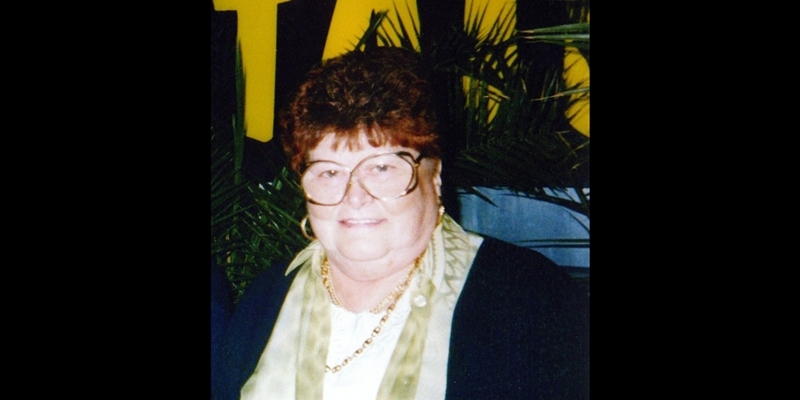A grieving family are demanding to know why a 74-year-old woman was apparently left to die alone.
They have been told that Yvonne Carrie twice alerted her community alarm service, but none of her relatives were contacted and it appears that no help was sent to her.
She was found dead at her home 11 hours later by her carer.
Mrs Carrie’s children now want to know why the system on which she depended let her down when she needed it most.
Her son Brian, who lives just yards away from her house in Inveraldie, north of Dundee, said: “It all comes down to no communication. I could have been there in 20 seconds and instead she was dying on her own.”
The Angus community alarm system is monitored from a control room in Kirriemuir. When a user presses the alarm trigger, an operator is alerted and can speak to the person to find out what is wrong.
Depending on the circumstances, the operator can then provide reassurance, contact a relative, neighbour or friend and ask them to visit, contact a GP or the emergency services, or send one of the service’s own response workers to help.
Mrs Carrie, who had health problems, had the system installed a few years ago.
On the previous occasions when she had alerted controllers they had contacted Brian so he could quickly check on her.
On Monday of last week Brian had been to see his mother in the evening and she seemed fine. His sister Eileen had then called her about 9pm, only minutes before Mrs Carrie triggered the first of her alerts, and also had no indication that anything was wrong.
Eileen said: “There was no way she was ready to die at that point. What we know is that her carer found her at 8.15am the next morning. She couldn’t find a pulse and she called the ambulance and paramedic.”
Tragically, Mrs Carrie was beyond medical aid by then. The cause of her death has been attributed to chronic obstructive pulmonary disease.
As her family gathered at her home, Eileen decided to contact the alarm service control centre to let them know of her mother’s death.
Eileen said: “I asked them by any chance did my mother call you last night and they said yes I couldn’t believe it. We would never have found out if I hadn’t done that.”
She was told that calls had been logged at 9.11pm and then again four minutes later.
“They reassured her that somebody was on the road. A woman at the community alarm service said they had asked her if she had fallen because her voice was a bit muffled.”
Angus Council has begun looking into the circumstances of the death. Waiting for answers is placing a strain on her family, who have been left wondering if her life might have been saved if she had received immediate medical attention.
The family have requested copies of any recordings of conversations Mrs Carrie had with the alarm service and copies of any paperwork on the incident.
A council spokesman said: “Angus Council is currently investigating this matter so can make no further comment at this time.”
